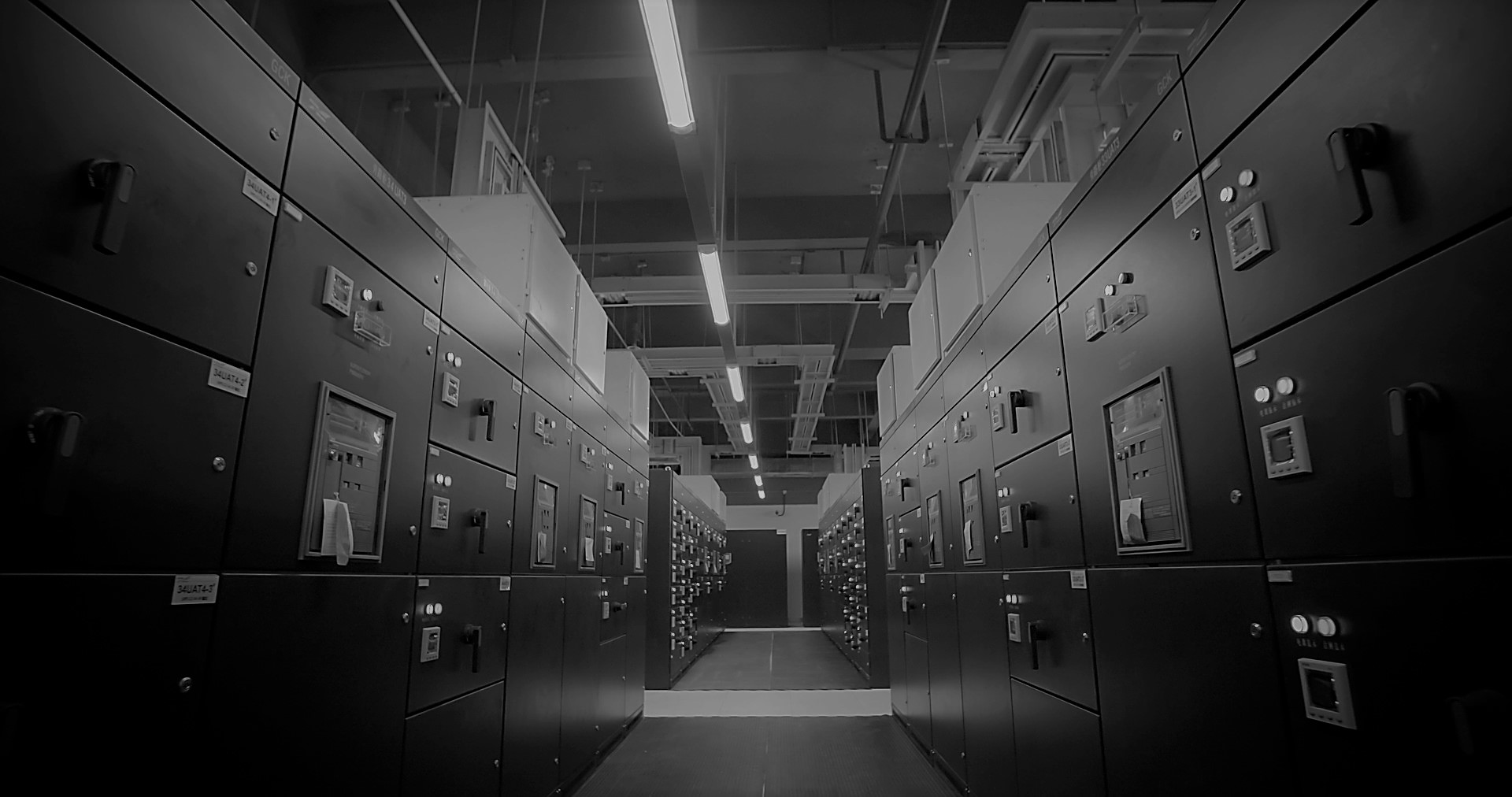
Why is Battery Autonomy Considered When Sizing for a UPS System?
When sizing for an Uninterruptible Power Supply (UPS) there are a number of considerations, one of which is the required battery autonomy which refers to the amount of time a UPS battery will last at a specified load level in the event of a power outage. This could be from a few minutes to a few hours with an increased autonomy being achieved by additional batteries.
As well as conditioning the power supply, the main requirement of a UPS is to provide a continuous supply of electricity to critical loads during a power outage. This means the batteries are the most important aspect of an uninterruptible power supply as they provide the power source in the event of a mains failure. An old or badly maintained battery could affect the autonomy time of the UPS.
Other factors affecting the autonomy will depend on the UPS application and can include the presence of a generator, server shutdown time and the time it takes to re-apply power to the UPS system. Even though it is not recommended a UPS is ran at full load capacity, the required autonomy is usually calculated with the UPS system running and full load to ensure a battery can fulfil at a high enough capacity should it need to.
Consumers are often tempted in to a false economy, opting to run a UPS at a higher load than recommended to reduce the initial cost. Not only will this have a detrimental effect on the overall efficiency of the UPS system, but it also means the UPS may not cope with a sudden inrush current. For an optimum TCO, it is recommended the autonomy requirement is based on 100% load, to protect against unforeseen spikes in mains power, but run at no more than a 50% load, ensuring high UPS efficiency and allowing for future infrastructure expansion.
Although with VRLA batteries it is possible to support loads from several minutes to several hours, the cost of a large battery at a high load level can sometimes mean that a generator is more appropriate.
The stage at which the battery is at in its design life is an aspect of battery autonomy that is often overlooked. A battery at the beginning of its design life, i.e. day 1, will be able to provide its fill design capacity. As a battery ages it loses capacity as the chemicals and plates within the battery age. A good quality battery will usually have a 10 year design life. An initial oversizing of a battery may occur if the battery is sized for an ‘end of life’ autonomy, meaning the battery should still provide its required autonomy at the end of its design life.
The battery design life should not be confused with the life expectancy of a battery as it relies on different factors.
For further information on how to size for a UPS system or for run time calculations, email [email protected] or call 03333 130351.







